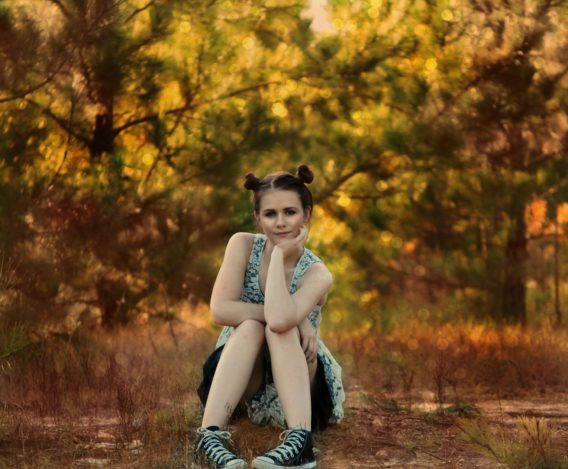
Acne is very common amongst teenagers around the world. However, this is of little comfort to a self-conscious teenager who is afflicted with spots and pimples for years during this difficult time.
Acne is a skin condition with six different types of sebum related spot:
Acne is caused by increases in sex hormone levels during puberty.
Certain hormones, such as testosterone, cause the oil-producing glands that coat hair follicles to over-produce this sebum.
A bacterium called P acnes thrives in these high sebum conditions leading to inflammation and pus as the immune system attempts to defend itself from the bacteria.
In addition, the sex hormones also cause a thickening of the hair follicle structure which leads to the blockage of the skin’s pores. Sadly cleaning doesn’t remove these blockages and can sometimes lead to more sebum production and more skin inflammation.
Acne does run in families, so if you and your partner suffered from acne in puberty, it is likely that your teenager will also have acne.
During the menstrual cycle, there is an additional fluctuation in the production of sex hormones such as oestrogen, progesterone, and testosterone. These cyclical hormonal changes can lead to monthly breakouts of acne in teenage girls who are already menstruating.
There’s no evidence that diet, poor personal hygiene or being sexually active cause acne. People have long associated chocolate consumption with blemishes and breakouts, but it could simply be that some girls eat more chocolate around their period and they also get more spots and pimples around their periods, and so this false causal link is perpetuated.
Encourage your teenager to avoid these common mistakes that teenagers make trying to get rid of their spots:
Try to:
Although acne can’t be cured, it can be controlled with treatment. Several creams, lotions, and gels for treating spots are available at pharmacies.
If your teenager suffers with acne, it’s a good idea to speak to your pharmacist for advice. Products containing a low concentration of benzoyl peroxide may be recommended – but be careful, as this can bleach clothing.
There are over the counter products containing low levels of benzoyl peroxide that can help to manage (but not cure) acne.
However, go to your doctor if your teenager’s acne is:
Severe acne can be treated with a range of antibiotics and prescription creams and topical treatments. Acne treatments can take several months to show an improvement in the skin condition so try to be patient and follow your doctor’s treatment instructions.
Speak to your teenager’s doctor about the following acne treatments as well as their side-effects.
Gels, creams, and lotions for the skin, including:
Tablets, including;
Tan & Bhate (2015) ‘A global perspective on the epidemiology of acne.’ British Journal of Dermatology Special Issue: The Changing Faces of Acne: Expert Insights. Volume 172, Issue Supplement S1, pages 3–12, July 2015